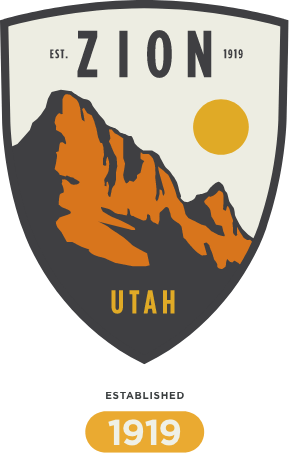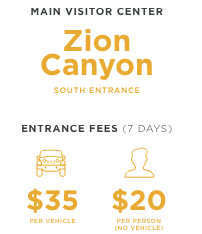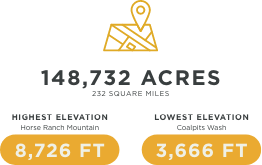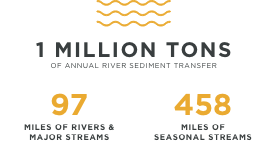ZION NATIONAL PARK
Zion National Park is located in the southwestern United States, near Springdale, Utah. Zion encompasses some of the most scenic canyon country in the world. The park is characterized by a maze of deep sandstone canyons, tall mountains, clear rivers, colorful mesas, narrow slot canyons, prominent monoliths, and high plateaus covered with pine forests. Zion also features one of the largest freestanding arches in the world: Kolob Arch spanning 310 feet.
Less known about Zion: with an abundance of water and high canyon walls to shield the sun, the park contains many seeps, springs, and waterfalls supporting verdant and colorful hanging gardens. Visitors are often surprised at the relative lushness found here.
Zion National Park contains evidence of at least 8,000 years of human occupation by Archaic, Ancestral Puebloans, Southern Paiutes, and later the pioneer settlers who arrived in the 1860’s.
In the 1860’s, pioneer members of The Church of Jesus Christ of Latter-day Saints (Mormons), named the area Zion, a Hebrew word interpreted to mean a place of safety or refuge.
With an elevation change of over 5,000 feet, Zion’s unique topography leads to a diversity of habitats and species. Desert, riparian (river bank), pinyon-juniper, and conifer woodland life zones are found here. Zion is located at the junction of 3 major regions: Mojave Desert, Great Basin, and Colorado Plateau, which contribute to the unusual diversity of plant and animals species of Zion.
The park’s ecosystems support over 1,020 native plant species, including more flowers than anywhere else in Utah. 44 of the plant species are endemic to Zion.
Zion is home to 78 species of mammals, 291 species of birds, 37 species of reptiles and amphibians, and 8 species of fish.





